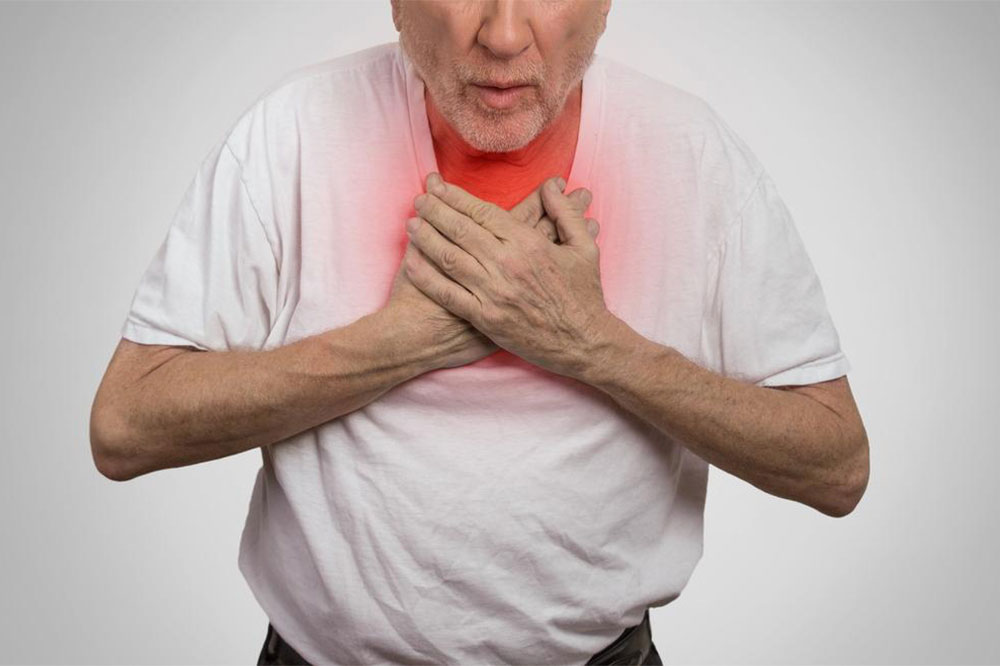
Pulmonary Arterial Hypertension – Symptoms and Causes
Pulmonary arterial hypertension is when there is high blood pressure due to the blockages of the pulmonary arteries in the lungs. The constricted arteries make the heart work harder to pump enough blood, thereby increasing blood pressure. As the symptoms become worse, the heart pumps harder and the patient experiences signs of pulmonary arterial hypertension. Listed below are the symptoms and causes of pulmonary arterial hypertension.
Delayed symptoms
The symptom of narrowed and constricted arteries becomes severe over many months or years, which is when one starts to notice the symptoms. These may be easily dismissed, as they gradually grow worse.
Initial symptoms
The first signs of pulmonary arterial hypertension are fatigue, shortness of breath, giving you a feeling that you’ve done strenuous work. It is common enough that you are breathless while climbing the stairs even though you lead an active life. Many ignore these signs, leading to progress of the disease making your condition worse.
- Shortness of breath: This is the first symptom that you will notice. The blood vessels and arteries carry the blood to the lungs, which help you breath. The body conducts the activity of breathing in air that is rich in oxygen and breathing out air that is depleted of oxygen. Pulmonary arterial hypertension makes this routine difficult. Tasks like cleaning the house, walking around the block, climbing stairs tend to make you breathless.
- Dizziness and fatigue: When the lungs do not get enough oxygen-enriched blood, it means that the brain and body do not receive enough oxygen. Oxygen is required for an individual to perform the daily tasks. Without oxygen, no task can be performed. Less oxygen increases the risk of fatigue, dizziness, and fainting.
- Swelling: Swelling /edema will be seen in the feet, legs, and ankles. This swelling is difficult to control as the kidneys cannot flush out the waste from the body. This fluid retention increases when you have pulmonary arterial hypertension for a longer period.
- Blue lips: The heart pumps blood that is rich in oxygen, which helps you perform all the functions and activities. When the oxygen in the blood is inadequate, you cannot perform all your activities. Your body does not get enough oxygen and the low levels lead to bluish color of the lips and skin — this is also known as cyanosis.
- Chest pain and irregular heartbeat: As the heart works harder, the heart muscle becomes weak. A weak heart cannot beat properly. It causes heart palpitations, racing pulse, and erratic heartbeat. The increased pressure will lead to chest pressure or pain.
Causes
The doctors may find it difficult to find a reason for pulmonary arterial hypertension. This is known as idiopathic pulmonary hypertension. This condition could be due to a person’s genetic makeup. In fact, high blood pressure in the lungs can be due to other illnesses. Pulmonary arterial hypertension can be due to sleep apnea; lung diseases like pulmonary fibrosis, chronic bronchitis, emphysema; due to a heart defect; autoimmune diseases like rheumatoid arthritis, scleroderma, lupus; liver diseases; illegal drug usage like methamphetamine or cocaine; HIV; blood clots; and congestive heart failure.


